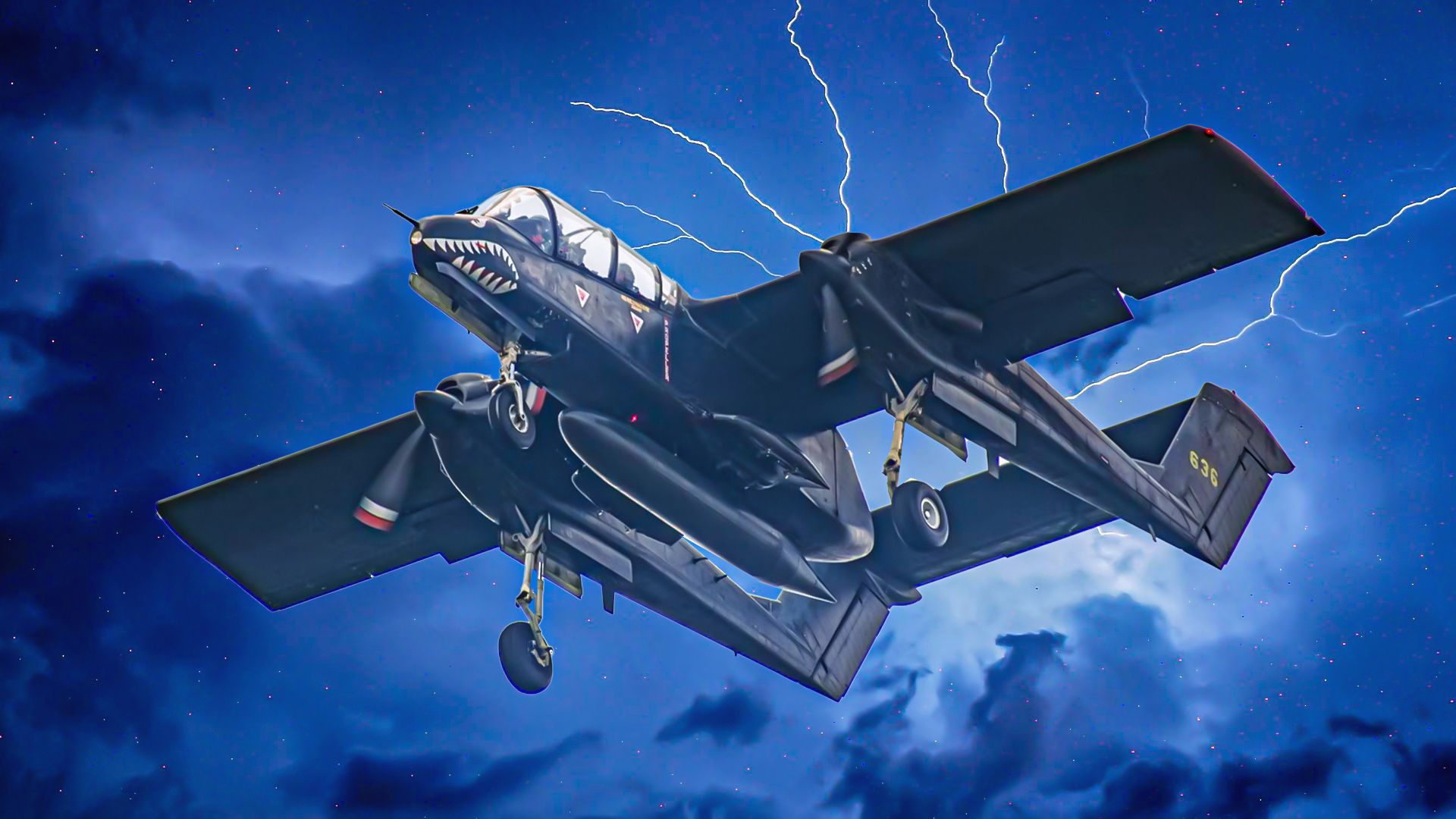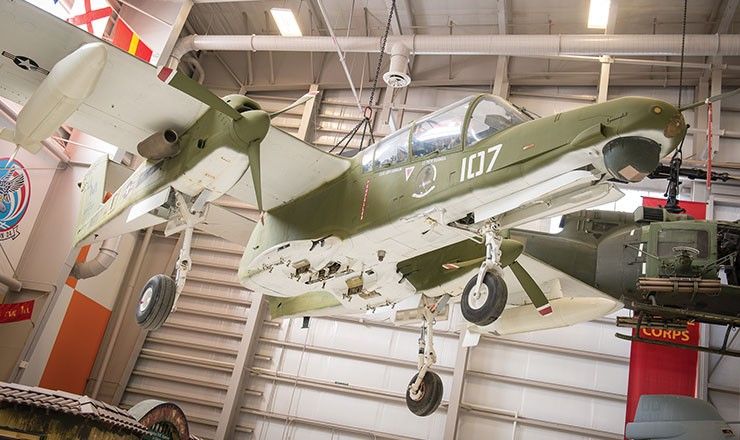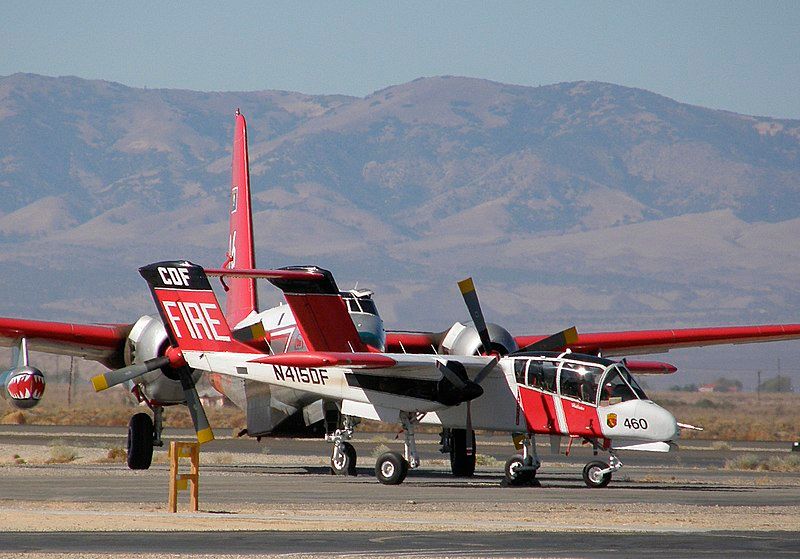Summary
- The OV-10 Bronco is a very versatile warbird.
- It has served in various military and civil roles since its introduction in 1965.
- One of the Bronco’s most notable features is its ability to operate from aircraft carriers.
The North American Rockwell OV-10 Bronco is not considered a fighter plane per se, as it definitely was not designed for air-to-air combat.
However, since its maiden flight on July 16, 1965, the OV-10 has performed nearly every military function. Arguably, only the C-130 Hercules tops the OV-10 for sheer versatility.
Simple Flying now looks at five specific examples of this aircraft’s many applications.
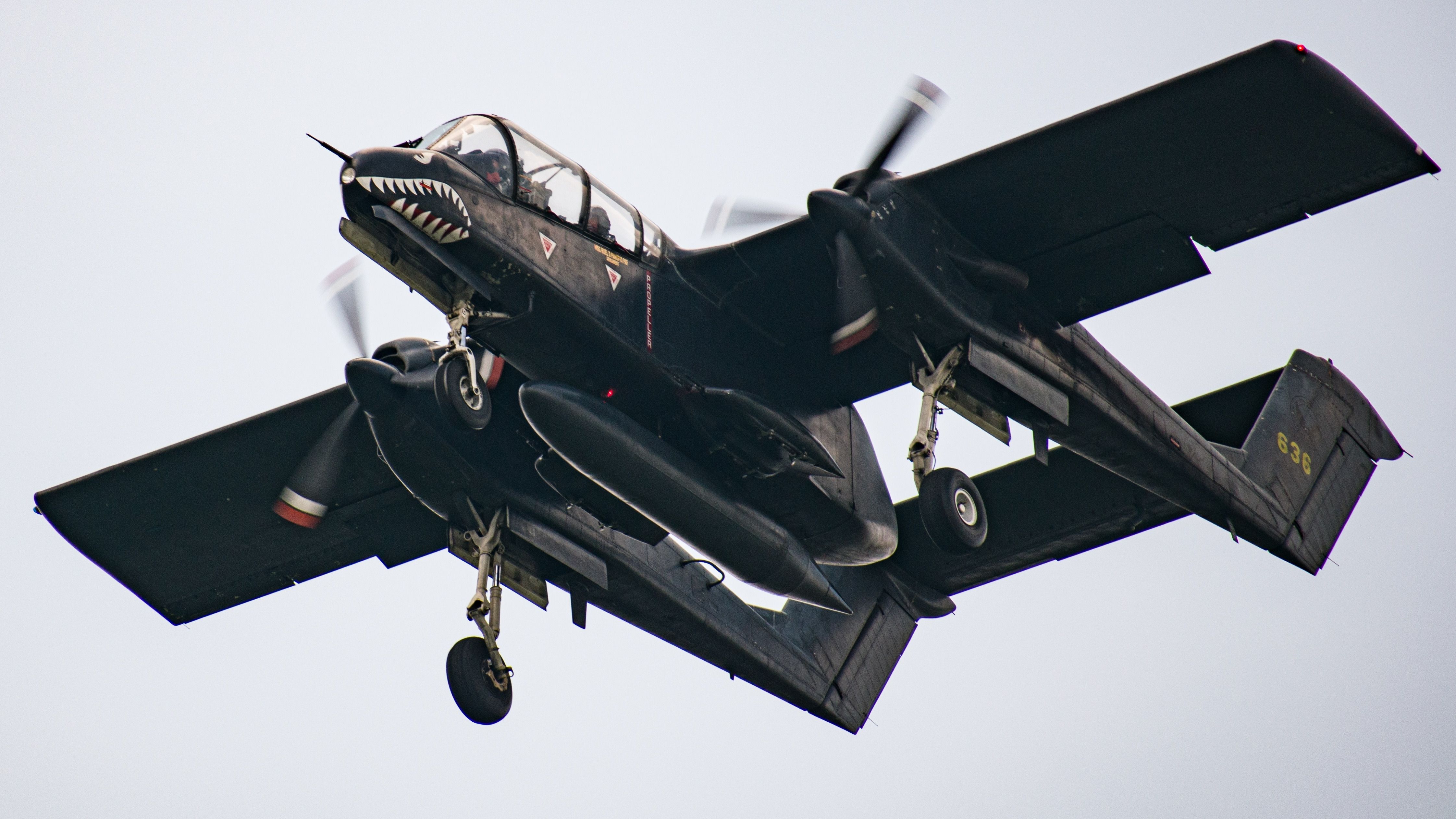
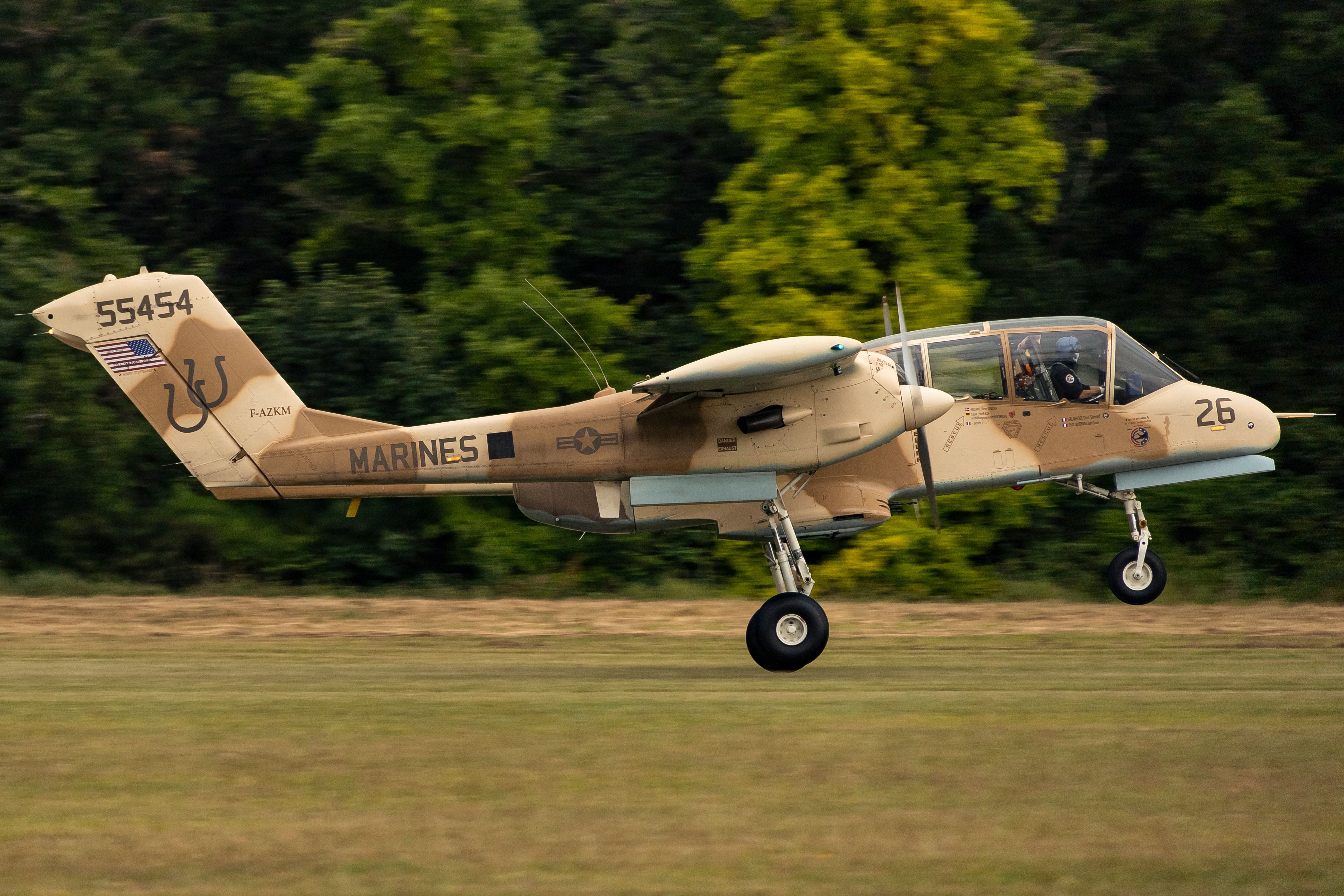
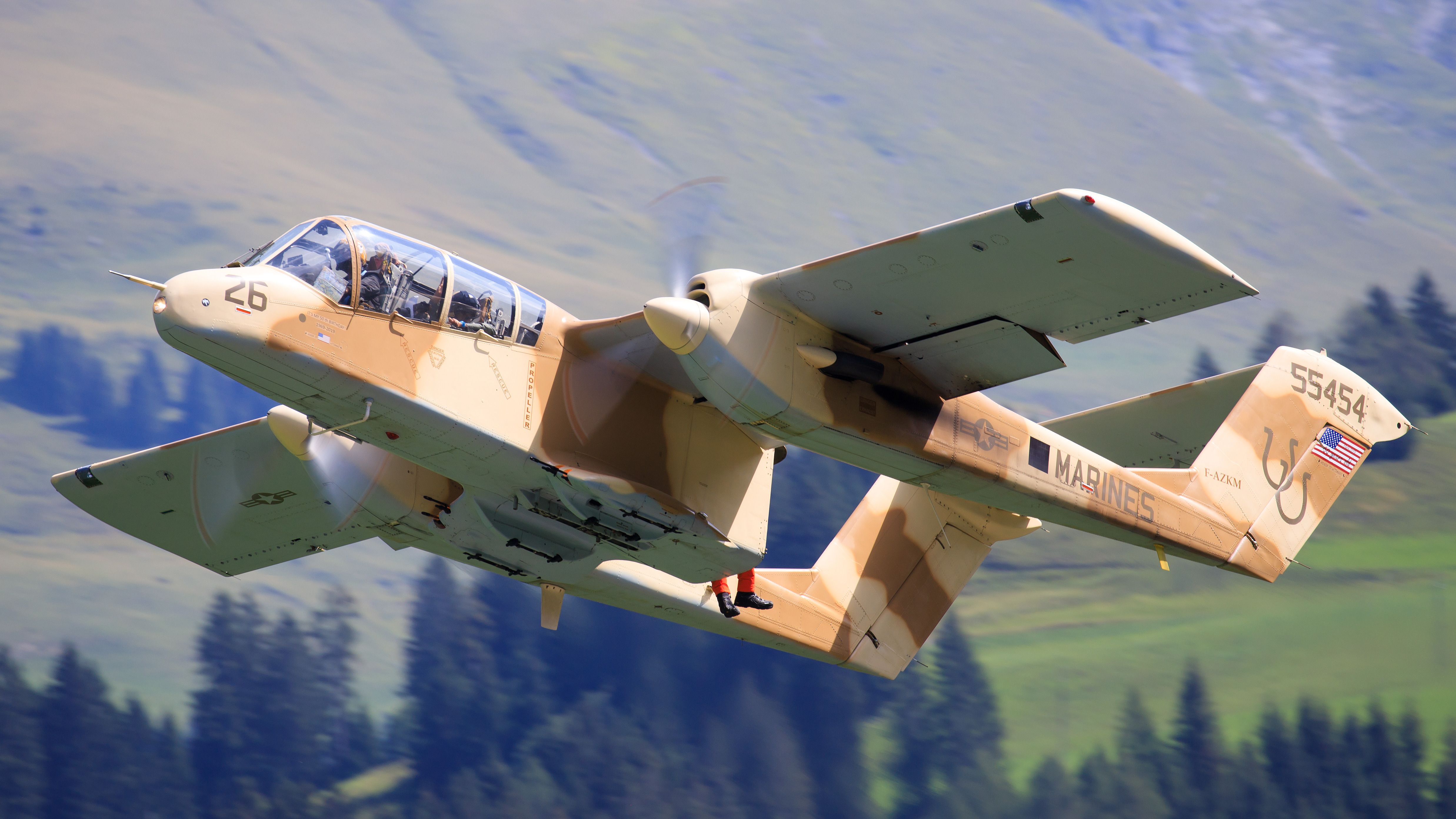
1
Forward Air Control (FAC)
An invaluable service for air-to-ground combat, especially during the Vietnam War
This was the bread-and-butter mission of the Broncos owned by the US Air Force from the time it first deployed the warplane to Vietnam in July 1968. As the official Fact Sheets of Hurlburt Field, Florida (home of US Air Force Special Forces Command [AFSOC], and part of the greater Eglin AFB reservation) states:
“The OV-10A was a twin-turboprop short takeoff and landing aircraft conceived by the U.S. Marine Corps and developed under a U.S. Air Force, Navy and Marine Corps tri-service program…The Bronco’s missions included observation, forward air control, helicopter escort, armed reconnaissance, gunfire spotting, utility and limited ground attack. The USAF, however, acquired the Bronco primarily as a forward air control aircraft.”
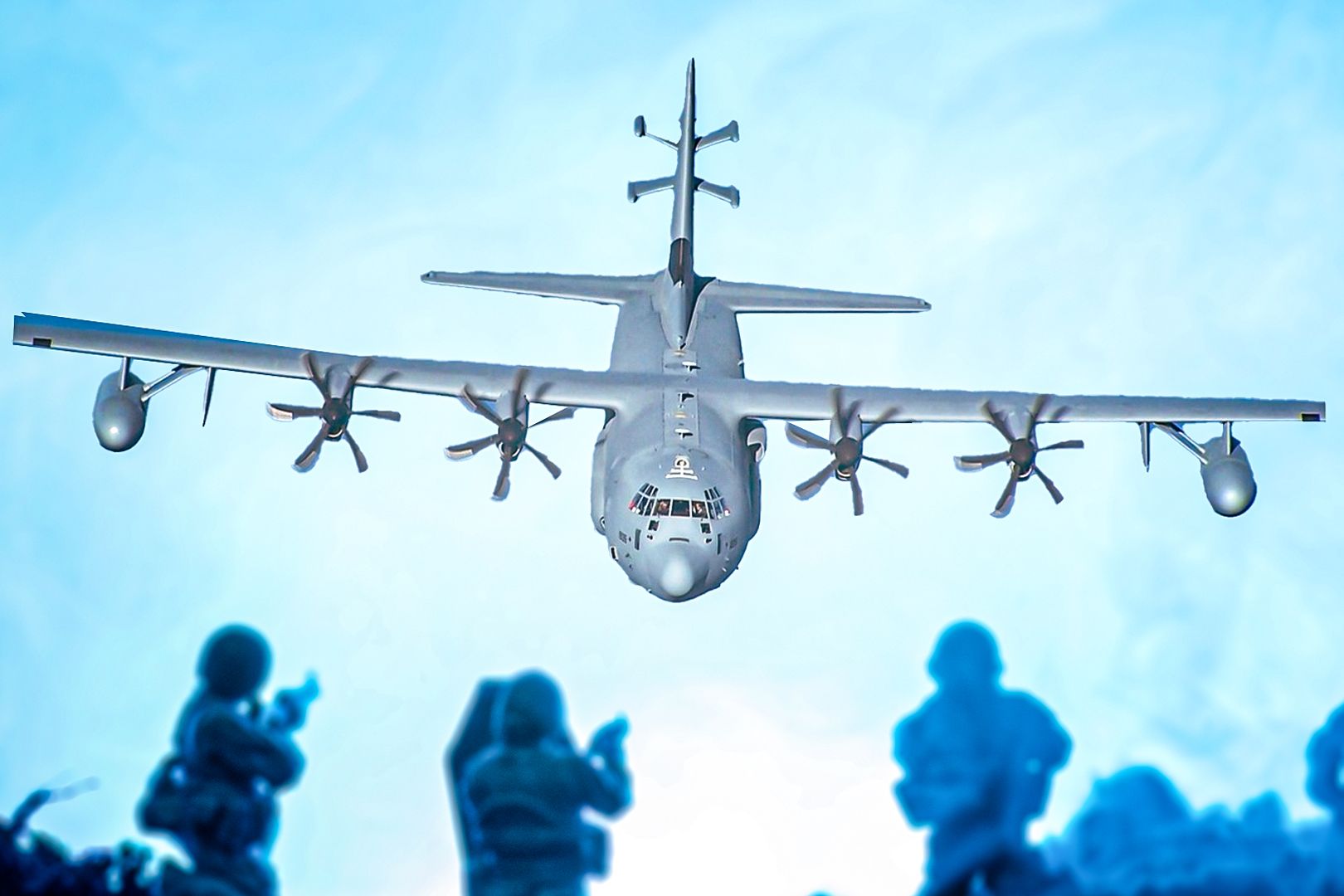
Related
AFSOC: What To Know About USAF Special Operations Command
The USAF AFSOC is the elite troops of the air branch of the United States military.
For the benefit of our readers not familiar with the FAC concept, a useful definition is provided by MilitaryDictionary.org:
“A specifically trained and qualified aviation officer who exercises control from the air of aircraft engaged in close air support of ground troops. The forward air controller (airborne) is normally an airborne extension of the tactical air control party. A qualified and current forward air controller (airborne) will be recognized across the Department of Defense as capable and authorized to perform terminal attack control.”
2
Suitable for aircraft carrier ops
A major selling point for the US Navy.
Its suitability for aircraft carrier operations further bolsters the Bronco’s versatility.
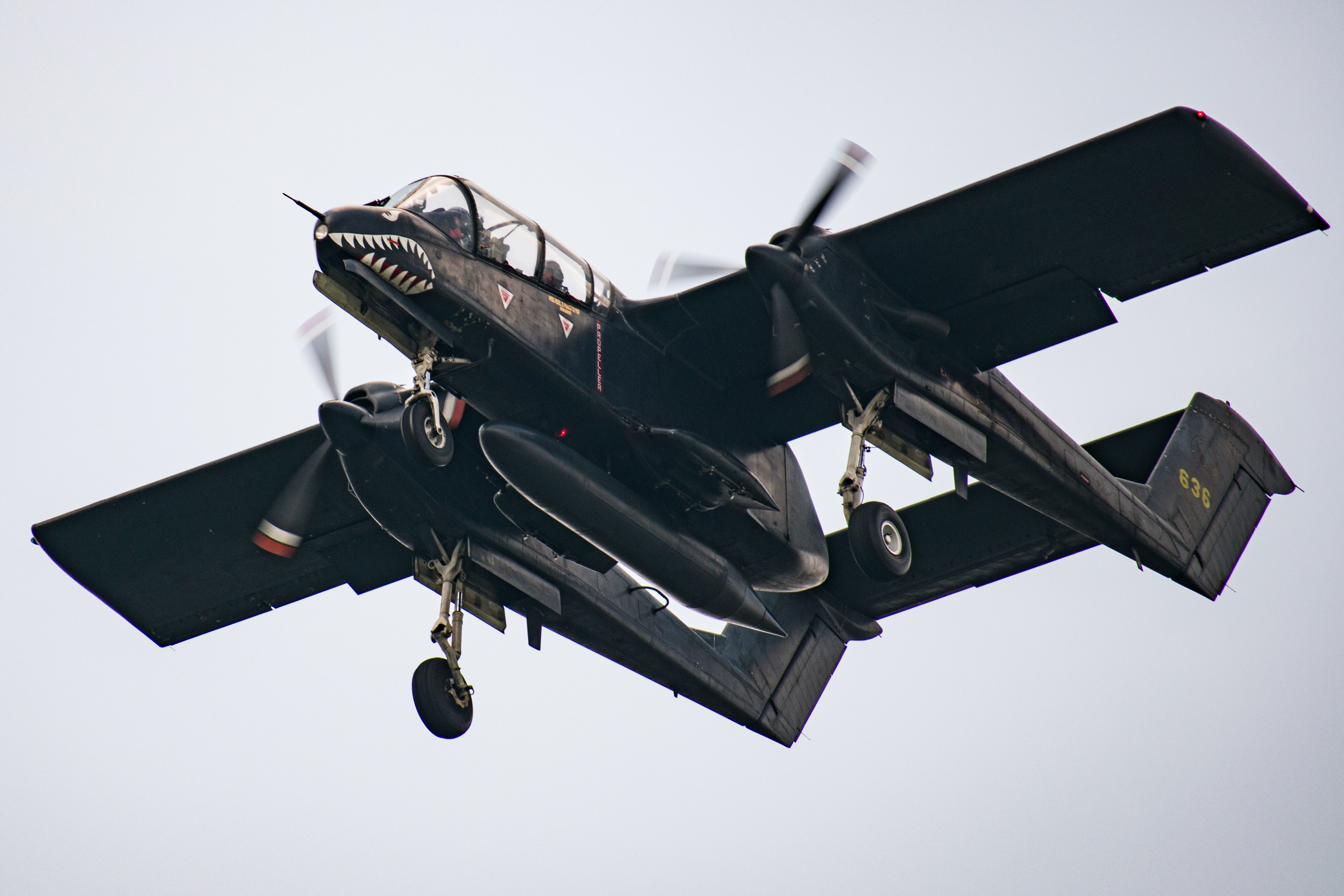
Related
5 Fast Facts About The North American Rockwell OV-10 Bronco
A look at a true military all-rounder.
As Simple Flying’s Dr. Omar Memon notes in the February 2024 article linked above:
“One of the aircraft’s major requirements was to operate from aircraft carriers. This allows better mobility and freedom of use, particularly during combat missions. The Rockwell OV-10 not only fulfilled the requirement but also did that without the aid of catapults or arresting wires.”
“Most fighter aircraft require catapult assistance during takeoff. The catapult system functions on the pressure generated through pressurized steam. Upon landing, the aircraft is stopped with arresting wires laid at various distance intervals on the aircraft carrier. The Rockwell OV-10 managed to operate on aircraft carriers without any additional assistance.”
The warbird certainly saw wartime usage by the USN, specifically with the “Black Ponies,” i.e., Light Attack Squadron 4 (VAL-4). From January 1969 to April 1972, the squadron operated out of Naval Support Activity Detachment Airfield, Binh Thuy Air Base, South Vietnam, along with a Vung Tau Air Base detachment. However, I’ve been unable to find any record of OV-10s performing any real-world combat missions launched directly from the deck of a carrier.
That said, the Black Ponies website mentions at least one instance of OV-10A Broncos playing passenger on a carrier en route to the war zone:
“The initial six aircraft used by the Marines were flown to Vietnam after having been delivered to the Philippines on an aircraft carrier. Just two hours after the ferry flights across the South China Sea to VMO-2 at Marble Mountain, the first OV-10A “Bronco” went into action – a two hour reconnaissance mission in support of Marines just south of the demilitarized zone. Within six weeks this first six plane contingent had amassed 500 combat hours, almost 250 missions and was averaging 100% utilization.”
The website doesn’t specify which aircraft carrier ferried the Broncos to the Philippines.
3
Special Operations missions
From the Vietnam War to 21st-century antiterrorism ops
Speaking of the Black Ponies, according to Naval History and Heritage Command, the unit provided interdiction of enemy logistics and fire support for Marines, Navy SEALs, and river boats (the Mobile Riverine Force, AKA the “Brown Water Navy“):
“It succeeded in this role, although seven OV-10s were lost during the Vietnam War to various causes. Other than OV-10 fleet replacement training in cooperation with Antisubmarine Squadron (VS) 41 at NAS North Island, California, VAL-4 was the only squadron in the U.S. Navy to ever employ the OV-10 and the squadron was disestablished following its Vietnam service, with remaining OV-10s transferred to the Marine Corps. Broncos flew in Marine squadrons into the 1990s, including combat missions in Operation Desert Storm.”
However, that wouldn’t be the last of the OV-10 Bronco in service to the SpecOps community. Fast-forward to May 2015, and the old flying warhorse found itself back in the thick of the fight, this time contributing to Operation Inherent Resolve, the American-led international coalition’s war against the Islamic State/ISIS/ISIL/Da’esh terrorist group.
According to Eric Tegler in a March 2016 report for Popular Mechanics, two OV-10s flew a combined 120 missions over 82 days, attaining a 99% mission completion rate at a highly cost-effective $1,000 per hour. That should be contrasted with the $40,000 average cost per flight hour of a “fast-mover” like the F-15 Eagle.
Mr Tegler also cites a spokesperson for US Central Command (USCENTCOM) (attributed to reporting by The Daily Beast) that “the military’s goal (aside from aiding special operators) was ‘to determine if properly employed turboprop driven aircraft… would increase synergy and improve the coordination between the aircrew and ground commander.'” The spokesperson added that the USAF was conducting an assessment that would “determine if this is a valid concept that would be effective in the current battle space.”
4
Peacetime Applications: Federal Government civil agencies
Including NASA!
As further proof of the OV-10’s versatility, the plane served outside the US Department of Defense with multiple US Federal Government civil agencies.
The most prestigious of the bunch was the National Aeronautics and Space Administration (NASA), specifically, NASA’s Catalog of Archived Suborbital Earth Science Investigations (CASEI) program. As NASA describes it, CASEI is “a comprehensive inventory of holistic contextual information for NASA’s Earth Science airborne and field campaigns, including details on instruments, aircraft and other platforms, and access to data products.”
As for the Bronco’s mission within NASA CASEI:
“The NASA OV-10 Bronco is a twin-turboprop, high-wing, unpressurized aircraft. It has been used in wake vortex studies and different atmospheric research missions.”
In addition, the OV-10 has served the following Federal agencies:
- US Department of State (DoS) Air Wing, using former USAF and USMC airframes (OV-10A and OV-10D, respectively), operated under contract by DynCorp International in support of US drug interdiction and eradication efforts in South America, based at a DoS/DynCorp facility at Patrick Space Force Base, Florida.
- The US Bureau of Land Management (BLM; part of the Department of the Interior) acquired seven OV-10As for use as fire-fighting aircraft. For these missions, the Broncos led firefighting air tankers through their intended flight paths over their target areas.
5
More peacetime applications serving state government agencies
Fighting fires in “The Golden State”
After BLM retired its Broncos in 1999, it passed the proverbial torch onto the California Department of Forestry and Fire Protection (CAL FIRE). CAL FIRE has acquired several OV-10As, including the six surviving aircraft from the BLM. Six years before this, CAL FIRE had acquired 13 OV-10s from the USMC to replace its existing Cessna O-2 Skymasters as air-attack aircraft.
As per the CAL FIRE info page:
“CAL FIRE uses the OV-10s as the primary command and control platform on
wildland incidents. The air attack officer, a highly trained and experienced
fire officer, coordinates with the incident commander on the ground, providing
a unique aerial perspective on fire conditions, anticipated resource needs and
potential threats to life and property.”
“The Air Attack Officer is also responsible for the safe coordination of all aerial
resources on an incident and where to make retardant and water drops based
upon the Incident Commander’s control objectives. The OV-10 can be utilized
as a lead plane, for Very Large Air Tankers (VLAT) when not assigned as a
command and control platform.”

